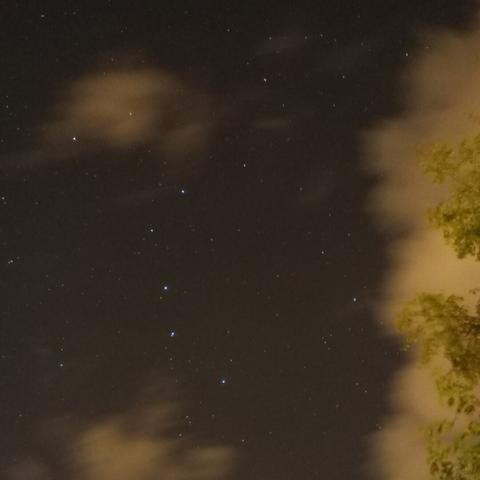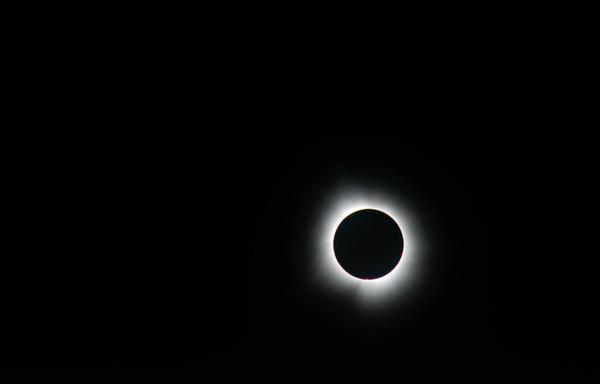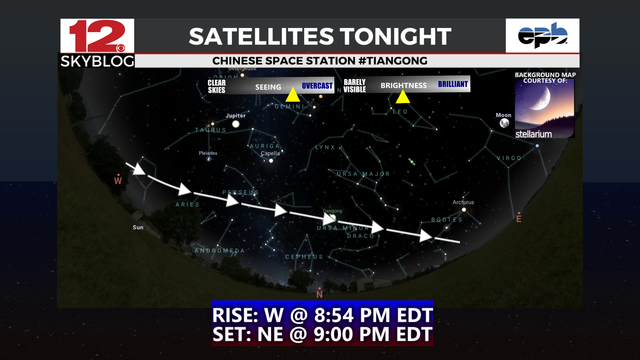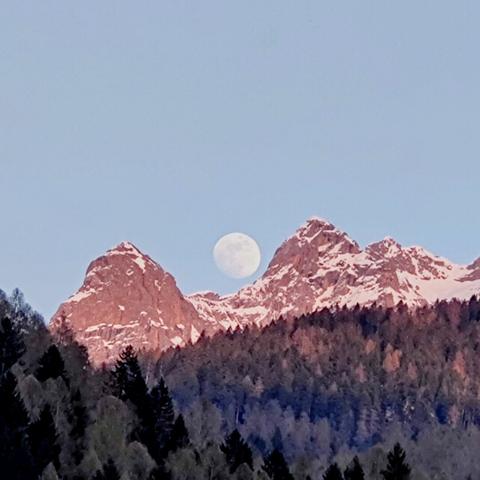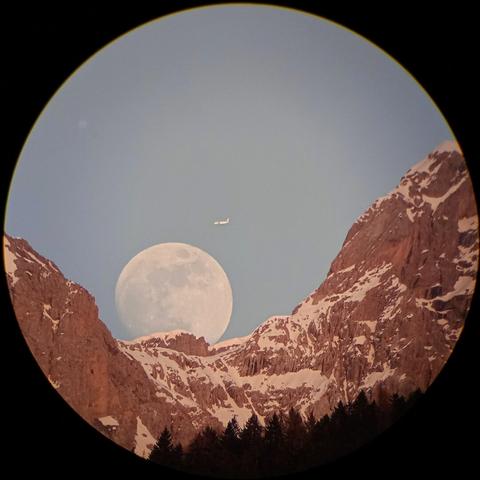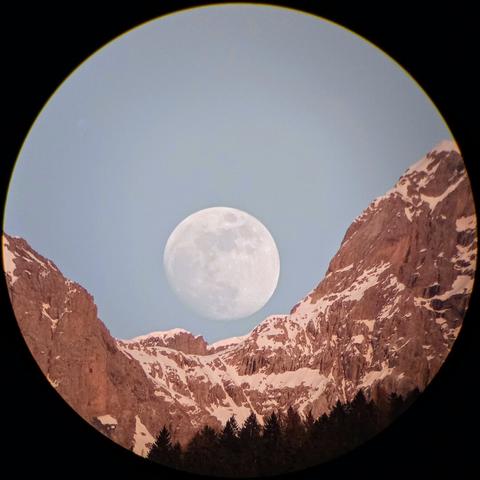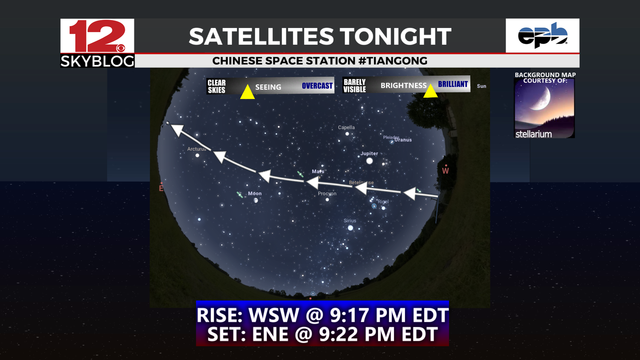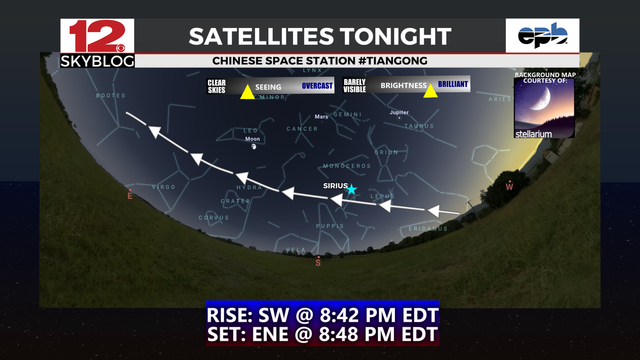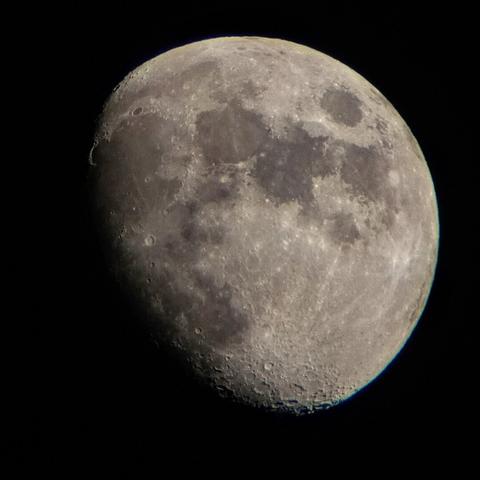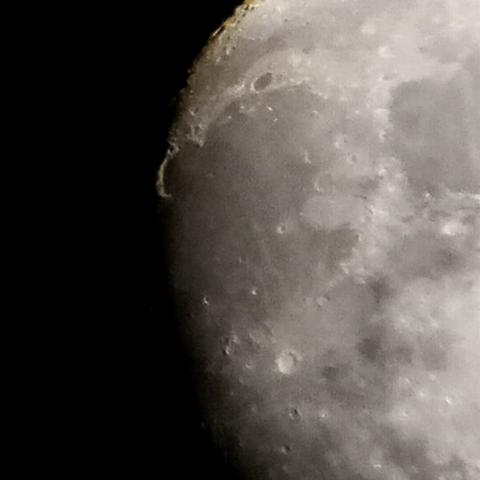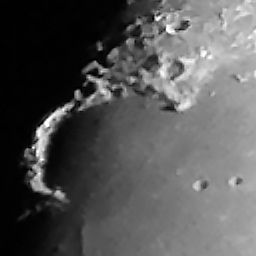This was totality — photographed from my parents’ yard in Southern Illinois during the April 8, 2024 eclipse.
The sun’s corona was blazing, and we could even see flares along the edge.
A moment of awe, silence, and cosmic perspective.
#Eclipse2024 #TotalSolarEclipse #Astrophotography #SouthernIllinois #SolarCorona #EclipseFlares #FediverseSky #BackyardAstronomy
Any #Astronomy #BackYardAstronomy nerds around? I'm thinking of getting my first scope (well, second, got a refractor 80/400 and loved watching the skies it so much I returned it and am now looking for a better one 😁)
what put me off the refractor was mainly chromatic aberration around Jupiter made it look like just a bright dot, no details.
So now I'm figuring what to upgrade to. my options are:
1. 102/660 refractor by Omegon. My understanding is that since this is a longer focus/slower at F6.5 it will have reduced CA issues.
2. 120/600 refractor by Sky-Watcher. I've only read great things of this scope, CA will be present but I understand I can down-stop by using a cover in the lens to reduce CA.
3. 127/1500 Matsukov by SkyWatcher. Maks are great for planetary, meh for deep space. Also it costs 2x what #1 does
What would yall advise?
In contrast to the popular idea of black holes constantly "gobbling up" matter, they can spend long periods of time in a dormant, inactive phase. But sometimes, they pop back to life. Such was the case with the black hole at the center of an unremarkable galaxy some 300 light-years away. The gravitational monster "suddenly lit up and recently began producing unprecedented flashes of X-ray light.” Read about it from phys.org:

From boring to bursting: A giant black hole awakens
Although we know that supermassive black holes (millions of times the mass of our sun) lurk at the center of most galaxies, their very nature makes them difficult to spot and study. In contrast to the popular idea of black holes constantly "gobbling up" matter, these gravitational monsters can spend long periods of time in a dormant, inactive phase.
#moon #mountains #dolomites #astrophotography #backyardastronomy
#KeepLookingUp


